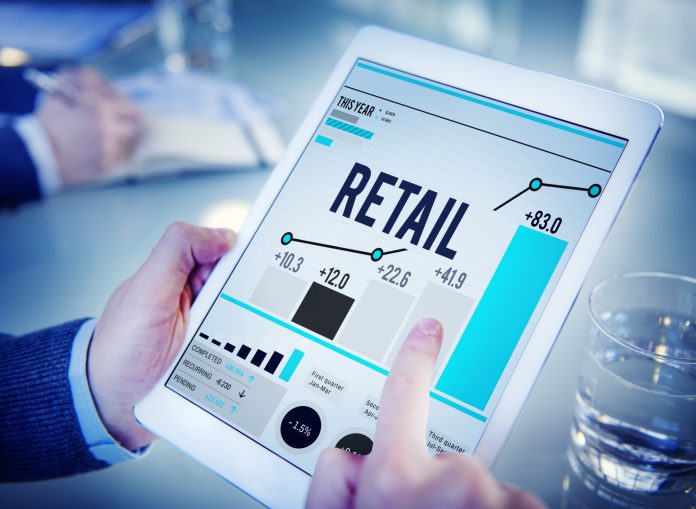It has been more than a year since the Covid-19 pandemic first hit the country and severely impacted its retail industry.
By Tableau Country Manager – Australia and New Zealand Gavin Jones.
Even though many stores have since opened their doors, there is still an enormous amount of uncertainty in the sector – from customer sentiment, staffing and, critically, stock levels.
Late last year, Australian Retailers Association estimated 90% of its members were experiencing stock or supply chain disruptions due to the coronavirus. There were countless headlines of empty supermarket shelves or baby formula shortages as customer demand surged.
However, even today many retailers across many different industries are still facing intermittent stock shortages because of ongoing disruption to manufacturing and supply chain. For example, local car dealers are experiencing increased delivery windows for some models from two weeks to almost three months.
As the supply chain is disrupted, there are cost implications that must inform the retailer’s decisions. And when a retailer can’t meet demand, it’s important that they know how to make up for the gap with other suppliers while considering the cost implications of any adjustments.
Amidst this uncertainty many local businesses are turning to data analytics and artificial intelligence as a way to help.
Data analytics can help not only keep track of current inventory but also help predict future needs through analysing patterns in supply chain, customer demand and other important variables. In turn, 6guaranteeing availability or staying connected across the supply chain with this data can help put retailers and customers at ease.
According to a recent survey commissioned by Tableau, 82% of data-driven Australian companies believe they gained critical advantages during the pandemic. The benefits to businesses include more effective stakeholder communication (51%), making faster strategic business decisions (49%), making their business more agile (45%) and increasing cross-team collaboration (42%).
Underpinning these recommendations is vast amounts of data. For example, Mondelez International, the largest producer of biscuits, chocolate, and candy products in the world, draws from more than 160 data fields and 42 million transactions – including purchase orders, invoices, and payments – as part of a sophisticated procurement process.
Fortunately, recent changes to analytics technology has made garnering insight from even huge amounts of data like that used by Mondelez more accessible through intuitive dashboards and predictive recommendations.
These dashboards connect inventory and availability so the retail industry can act to eliminate out-of-stocks. It’s difficult to predict what items will become the next popular commodity, but these tools make it more accessible for a wider range of staff.
During the pandemic, Australian technology consultants Billigence worked with BMW and Tableau to help put market insight tools into the hands of after sales staff and dealers in 12 countries across Asia Pacific through a centralised insights hub.
Despite the disruption which was felt across the automotive industry, the insights hub provided advanced capabilities as well as enabling seamless collaboration with external partners.
Companies such as Australian cosmetics retailer Mecca have also been using predictive analytics to help shape consumer demand through greater personalisation.
By incorporating predictive tools into its Tableau business intelligence platform and AWS data warehouse, Mecca was able to not only recommend products better suited to its customers but also closely marry that with product availability in-store and online. Early trials showed an increased average order value of more than 50%.
The coming months will remain challenging for the retail sector in Australia, as in other parts of the world. Fortunately, the retail sector is entering a new era of analytics, where businesses can leverage data as a strategic asset.
As we move through 2021, the use of data is going to set local retailers further apart and better position them for future change.





